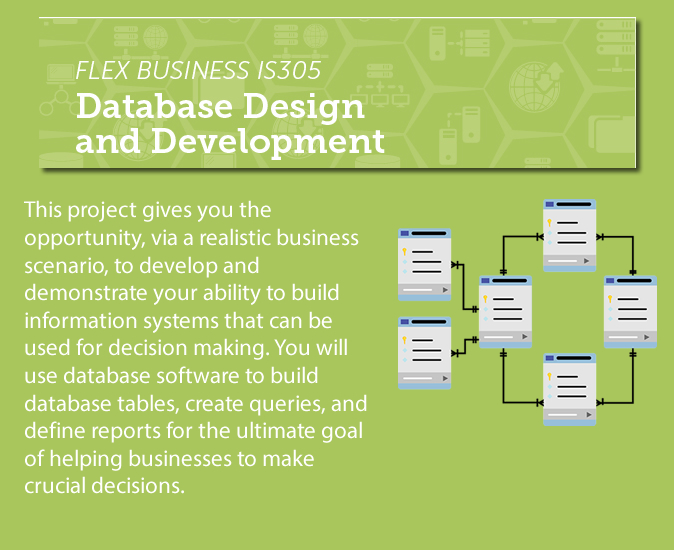We are now deep into Fall as leaves and temperatures continue to drop. The excitement of back-to-school season has now given way to mid-terms and the routines of mid-semester academic work for students and faculty. But what if you’re working in a self-paced, competency-based education (CBE) program? There’s nothing routine about CBE, whether you’re a student or faculty member. Competency-based education is a big change for everyone, from administrators to students. As we approach the one-year mark since launching the Flexible Option business administration degree, I wanted to check in with the academic director and faculty developer, Suresh Chalasani, to talk about the Flex faculty perspective. I asked Suresh to reflect on his experience, focusing on a few questions about how he approached the CBE change as a faculty member.
What was your approach to designing projects for the business administration degree?
In a traditional course, I used to select a textbook, and assessments were designed to align with the textbook materials. In the Flex model, assessment design is completely centered around competencies. Assessments are designed to measure students’ performance on competencies. As faculty we were all striving to create assessments that are authentic in the sense that they measure students’ performance in a practical scenario—a scenario they are more likely to encounter in a work setting.
For example, one project involves very practical experience with database design and development. In this project, students construct a database for a fictitious credit card company, answer the CIO’s questions by querying the database, and, finally, construct reports from the database. In other words, they use technological tools for answering operational/strategic questions that businesses face on a regular basis, and this will ultimately help students to make data-informed decisions in their workplaces.
By designing application-oriented assessments that involve work scenarios, flex BSBA faculty have been able to engage students with the curriculum. Students, when they start a project, are able to understand the relevance of assessments to their work and why they are doing the assessments. In traditional courses, it can be tough for students to understand such a connection between assessments and practical, workplace applications.
If you had just one piece of advice for faculty who are new to designing CBE assessments, what would it be?
During development, stay true to competencies and let the competencies for your program dictate every aspect of design. What this means is the assessments that you develop should be aligned with the competencies and should measure students’ accomplishments related to the competencies in practical, application-oriented settings. It also requires you to align the learning resources closely with the assessments and competencies so that students find them to be meaningful and relevant. In other words, it is essential that students find strong connections between assessments and workplace scenarios and realize the relevance of learning resources in achieving mastery of competencies. As you go through the development process, don’t be afraid to bounce your ideas off Flex faculty colleagues and the ID team members at CEOEL. Work closely with them as you bring your ideas to life. Your partnership with the ID team will significantly enhance the quality of the curriculum.
You have extensive experience in face-to-face, online, and, now, competency-based environments. How is your CBE work different when it comes to interacting with students?
The touch points with students in the Flex model are definitely different. With Flex students I am proactively asking students questions through the Flex check-in process. I’m also providing robust feedback on assessments and am available for curriculum- and assessment-based questions as needed. In Flex, all faculty-student interactions are one-to-one, while face-to-face or online courses are often one-to-many. The one-to-one touch point interaction in Flex allows for richer and more robust feedback and has the potential to significantly enhance student learning in a limited amount of time. Online and face-to-face, by design, do not provide this level of support for students. The one-to-one faculty-student interactions in the Flex format catapult the “student success” goal to front and center, making it very explicit that all of faculty work is directly related to ensuring student success. On the other hand, in traditional face-to-face and online courses the student success goal is, to some extent, implicit.
When students are enrolled, we must stay committed to student success and make sure our feedback helps students progress towards the mastery of competencies that the students and the organizations that employ our students desire. We need to make sure that we are working as a team with the ASCs to ensure student success.
Thank you, Suresh, for sharing your experiences. CBE certainly requires a different approach, so it’s helpful to learn from your experience.
Learn more about Flex’s project-based curriculum and how it is meeting the needs of modern adult learners by reading this student story.


Leave a Reply
You must be logged in to post a comment.